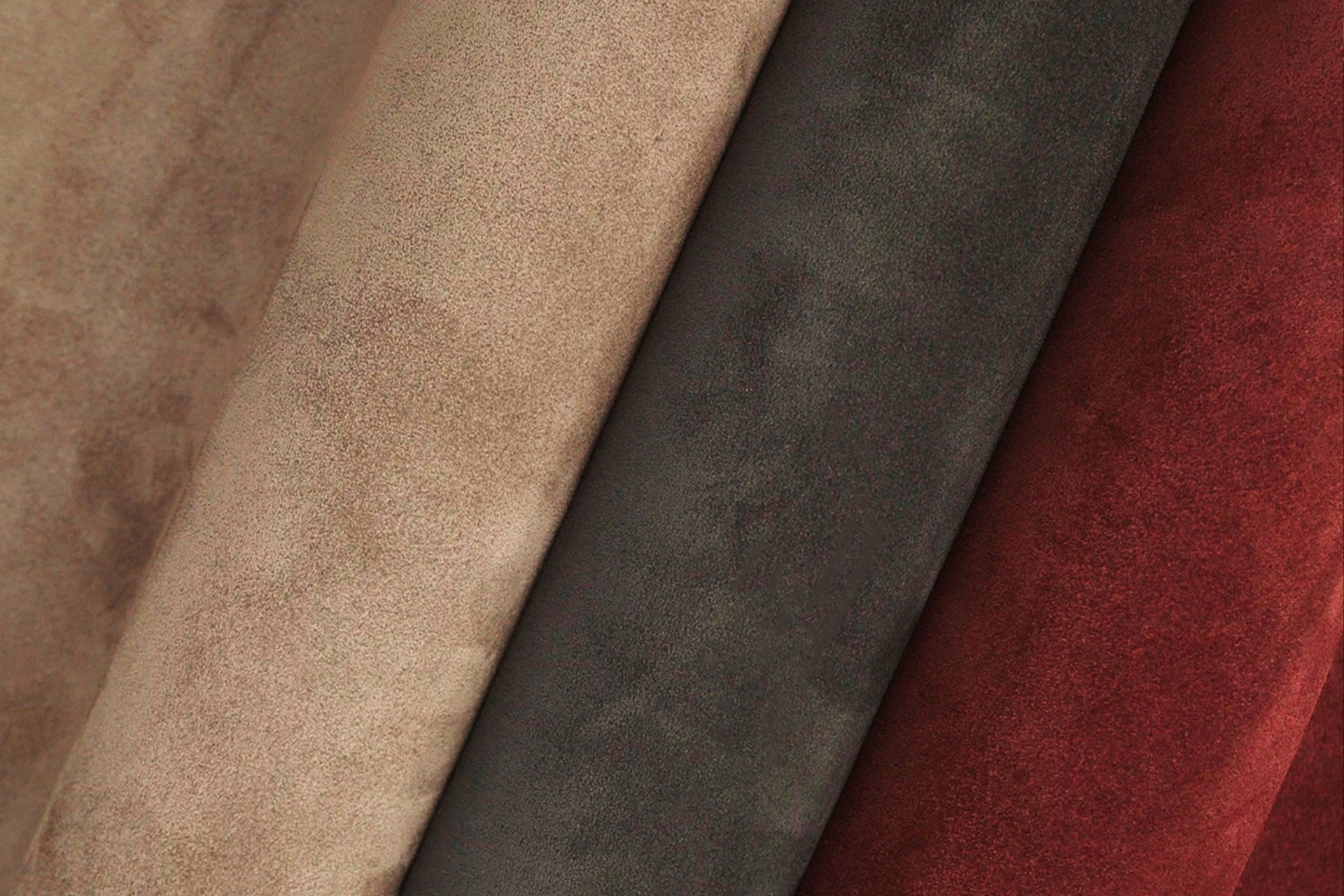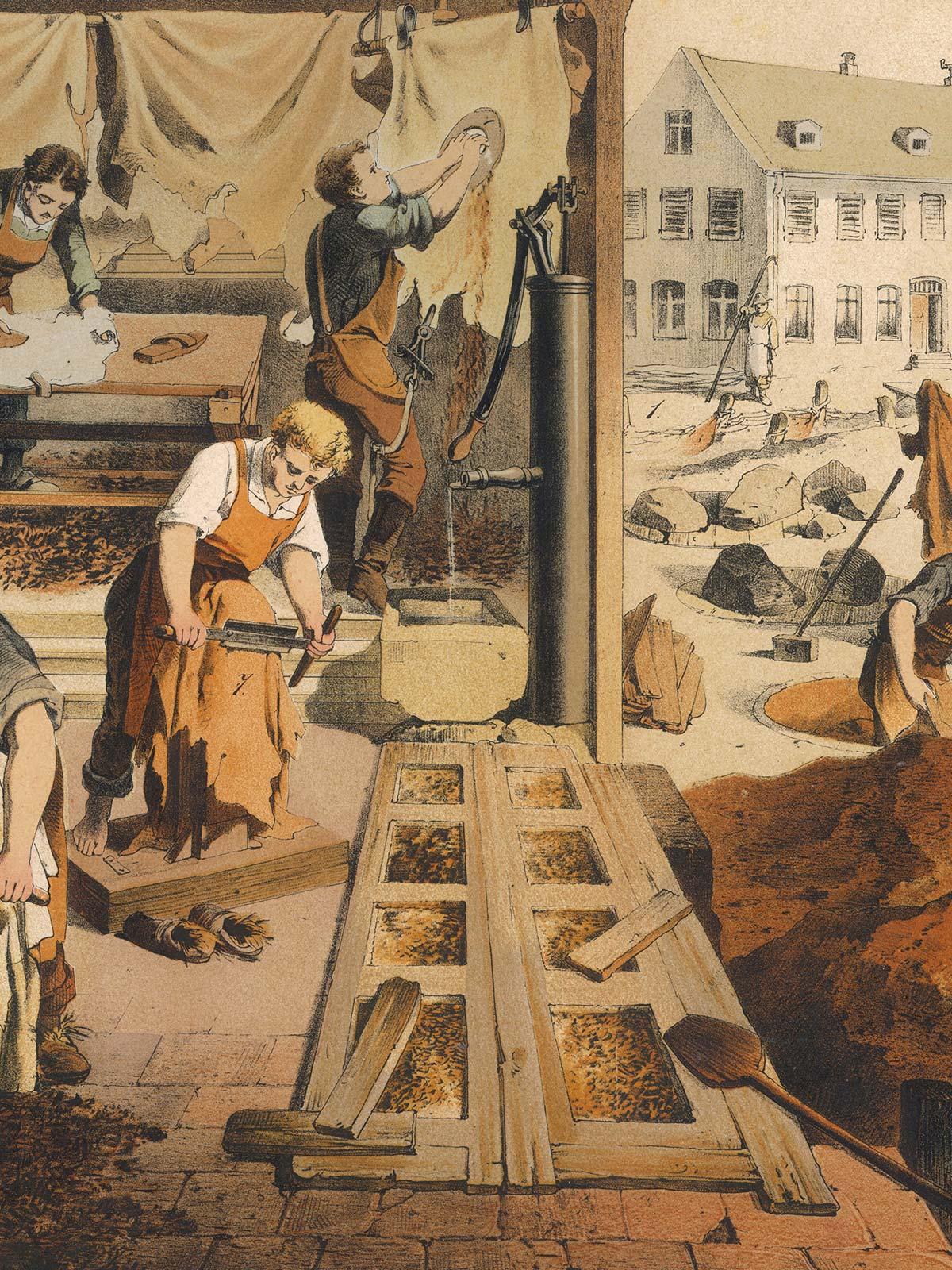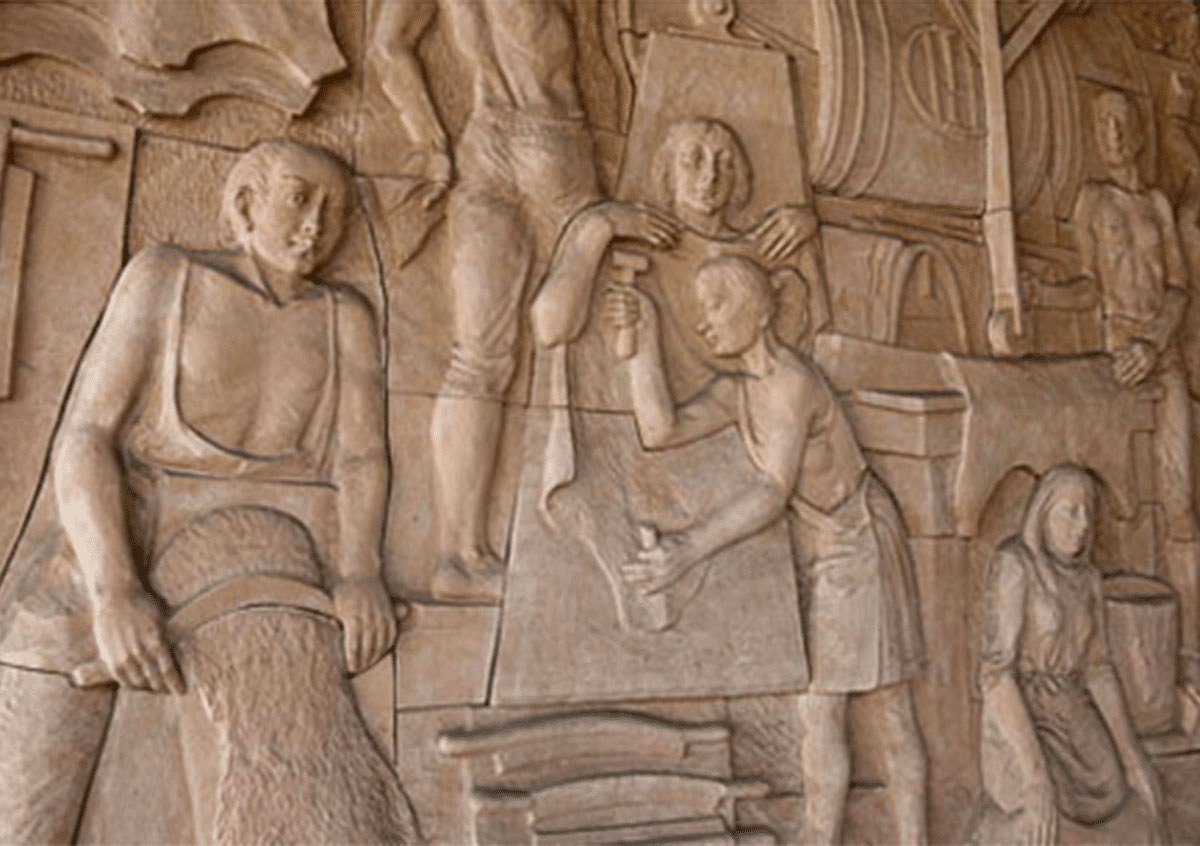The leather story
The history of a material that has accompanied human evolution

- Since ancient times, the use of leather has played a fundamental role in human history.
From the time when primitive humans used animal hides to protect themselves from the cold and bad weather to the tanning techniques of today, leather has played a key role in our evolution. Initially, it was preserved using rudimentary methods such as smoking and drying, but, as time went by, man perfected tanning techniques to make leather strong, soft and durable, often the protagonist of ceremonies and rituals.
![Lavorazione antica della pelle - Gruppo Mastrotto]()
- Ancient traditions and modern leather tanning technologies
The evolution of tanning techniques has helped expand the potential for using leather, while continuing to preserve and protect it from wear and tear and decomposition. Perfecting tanning techniques has made it possible to fully exploit the potential of this unique material in a variety of sectors, but tradition remains an important part of our history and culture.
![Ancient traditions and modern leather tanning technologies]()

